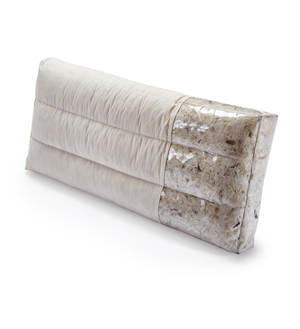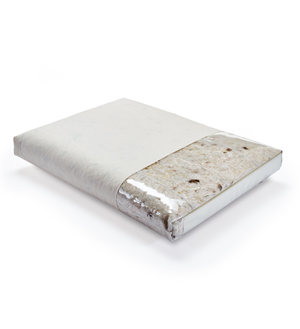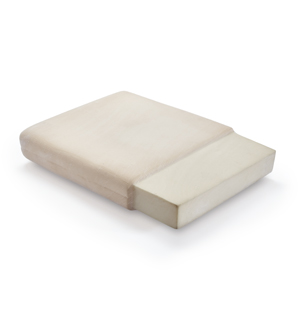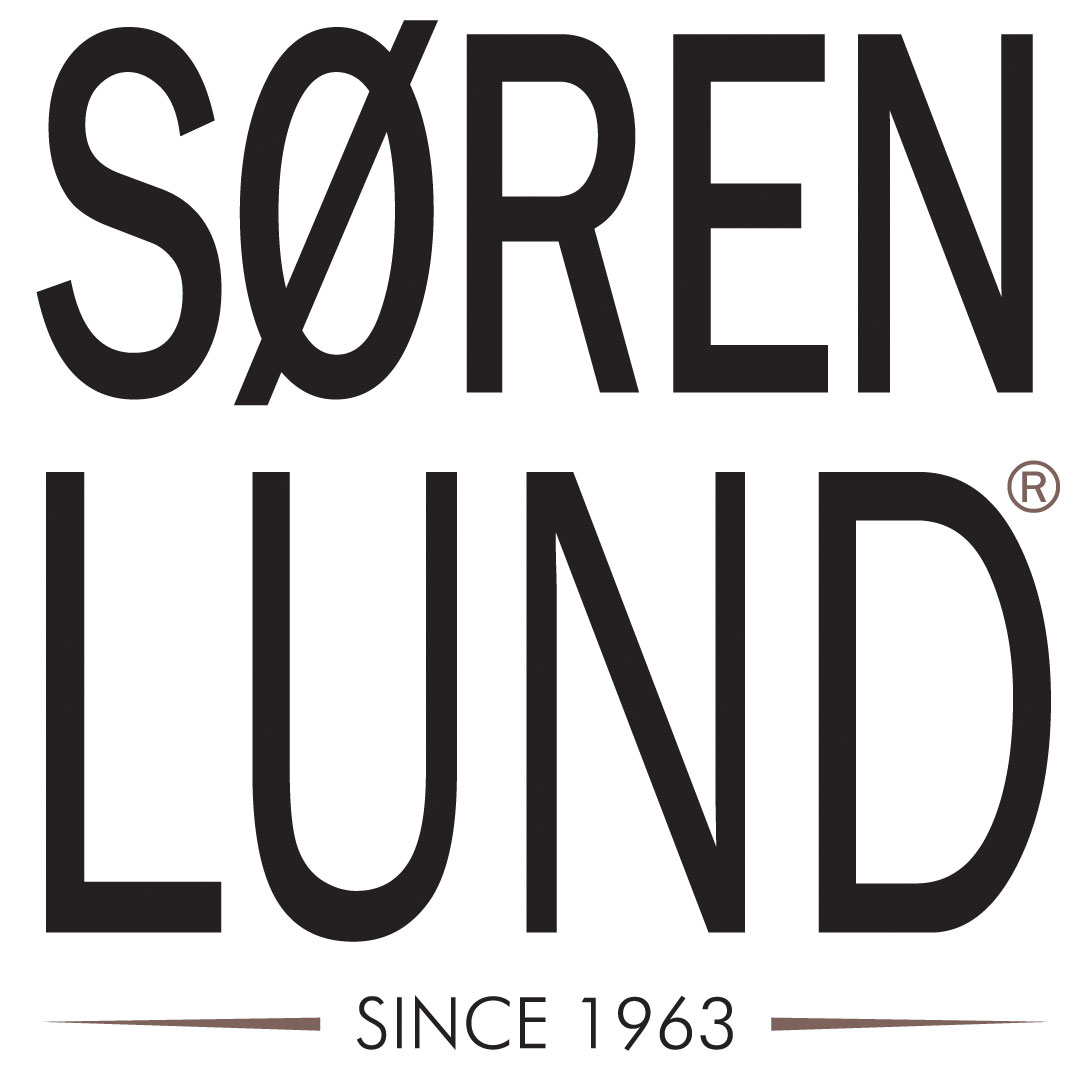Maintenance
Furniture is an investment worth protecting. This product information explains the properties and maintenance of genuine leather and textiles.How to care for leather
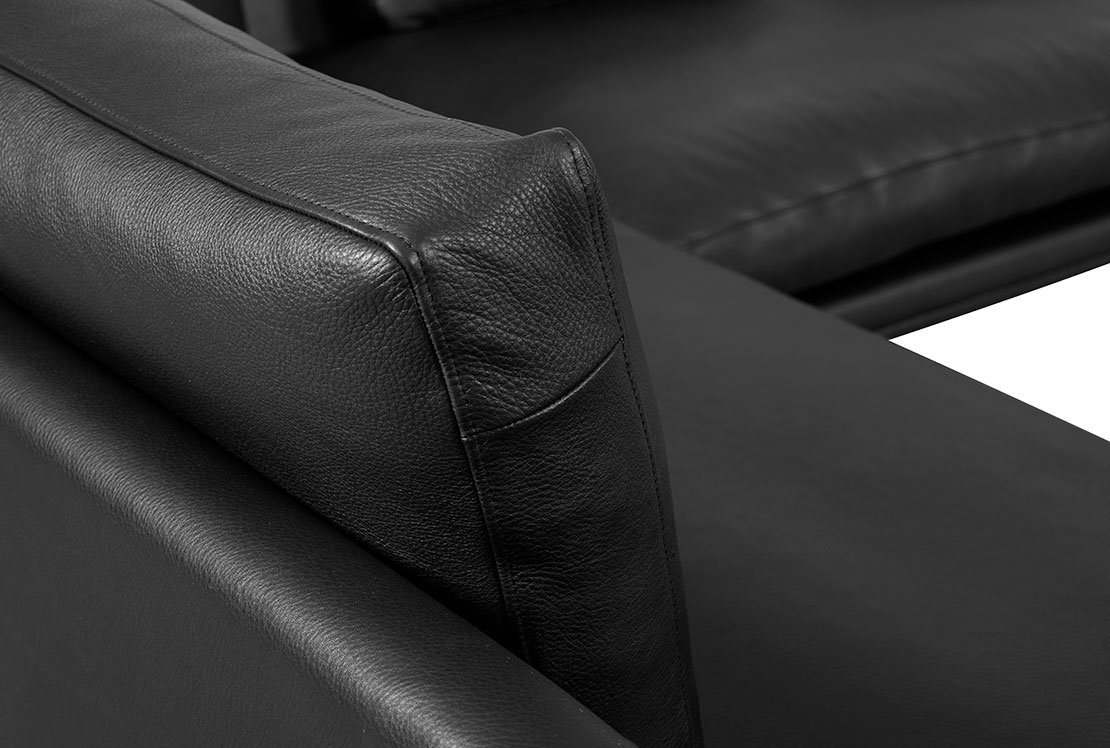
Leather furniture maintenance
Never place leather furniture closer than 30 cm from a heat source and never in direct sunlight. Leather without surface protection General cleaning: Wipe with a clean, soft cloth. For light soiling, wipe the entire surface with a clean, soft cloth, wrung out hard in demineralized or lukewarm, boiled water. More thorough cleaning: Wipe the entire surface with a clean, soft cloth, wrung out in soapy water 1/4 dl clean natural soap flakes to 1 l demineralized water or lukewarm, boiled water – remove all excess soap immediately and then polish the entire surface to avoid streaks – or clean with a recognized cleaner. Spot cleaning is not advisable. Do not use a vacuum cleaner on leather furniture. Solvents and sulfonated detergents must not be used. Avoid direct sunlight and heat sources.Leather types
Pure aniline

Natural individual appearance/grain. Completely open hair follicles. No direct surface treatment.
Pigmented leather

The surface is covered with pigment color and protective varnish. Natural grain.
Corrected leather

The natural grain is completely sanded off. The surface is covered with a thick layer of pigment color and protective varnish. Then grained. Uniform grain pattern.
Semi-anilin

Natural appearance/grain with very light pigmentation and protective varnish.
The hair follicles are still open.
Grained leather

The surface is covered with pigment color and protective varnish. Then grained. Uniform image.
Recognized leather care products, for example:
Leathermaster: www.leathermaster.dk Guardian: www.guardian.dkHow to care for furniture textiles
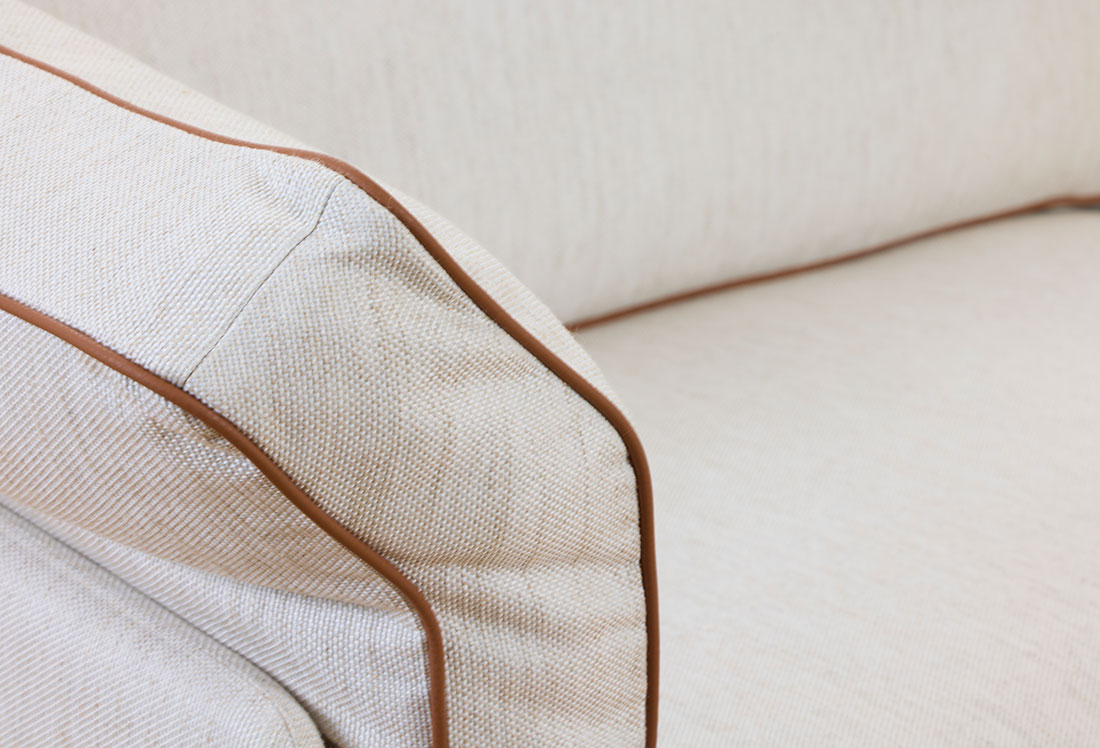
Most often consists of wool, cotton or linen, sometimes combined with synthetic fibers such as polyester, acrylic polypropylene and nylon, to improve wear resistance.
Wear resistance is measured in Martindale. Recommended minimum for general daily use 18,000 rub. For extra hard use for e.g. institutions, public offices etc. Martindale should be from 30,000 – 45,000 rub.
Be aware that coarse fabric, denim etc. wear extra hard on upholstery fabric and leather.
Beware of color transfer from jeans. Once the damage has occurred, it cannot be repaired.
Light fastness is measured on a scale from 1 to 8, with 8 being the best. Recommended minimum 4-5. Indanthrene dyes are currently banned from use in Europe for environmental reasons. Color and light fastness are not optimal today for the same reason.
Sunlight quickly affects furniture textiles, it is important to protect against sunlight, especially south-facing windows and coastal areas should be cautious.
Wool
Wool fibers are suitable for upholstery fabrics with high wear resistance and good dirt-repellent properties, and great recovery ability. Wool fabric may initially release a little excess fibers (pilling). This usually has no effect on the quality and can be removed with a special machine.
General maintenance: Regular vacuuming. For more thorough cleaning, P-rens is recommended.
When washing: Always use hand wash, detergents intended for wool fabric, avoid temperature shock, shrinkage is to be expected.
We do not recommend washing wool.
Cotton
Cotton fibers have good wear resistance, are comfortable to use and are suitable for furniture with soft cushions. Colored cotton fabrics are often more sensitive to light than wool and should be protected from direct light.
Cotton is also more susceptible to dirt and treatment with a dirt repellent is recommended.
Regular vacuuming and possibly stain removal helps to maintain the appearance and wear resistance, dirt and dust degrade the textile. Here too, coarse fabrics and jeans are big culprits in the issue of wear and tear of cotton fibers.
Removable fabric does not mean that the fabric can be washed. If the fabric is declared as washable, the washing temperature should not exceed 40°. It is important to use the correct detergents, and the washing machine should be thoroughly cleaned if the previous wash was “white wash”. Do not fill the washing machine too much. When washing, there will always be a little residual shrinkage left, so install the cover in a semi-dry state.
Linen
An exclusive textile with a beautiful appearance, made from smooth plant fibers and therefore not so susceptible to dirt. Linen has good wear resistance but wrinkles easily, installation on soft cushions (poly down) is not recommended.
Linen is difficult to dye and color fastness can be problematic. In environments with heavy daily use, we recommend against using linen. Washing is not recommended, use a dry cleaner instead and inform that it is linen fabric.
Microfiber
Available today in all price ranges, from the very cheap low-end market to the absolutely most exclusive end of the scale, all types are largely characterized by high wear resistance, high light fastness and are washable. Ask your dealer for further information.
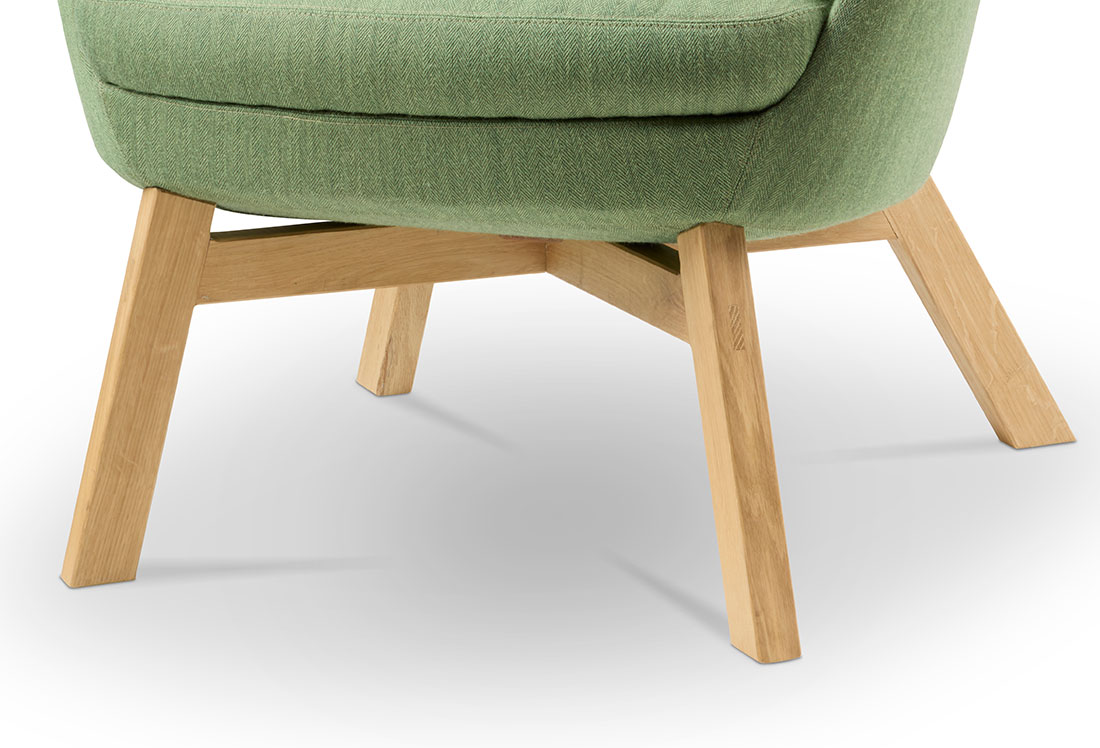
Solid wood
Wood is a living material that absorbs and releases moisture in relation to its surroundings and cannot tolerate sudden changes in humidity and temperature.
Maintenance of soap-treated solid woodUpholstery materials
All Søren Lund Møbler uses steel springs, which are protected by fibertex and needle felt as basic upholstery. The front edge of the seat is provided with firm foam rubber (Moltex). All upper arms are upholstered with 50kg cold foam or firmer Moltex.Cushion properties
Cushions can either be shape-retaining cold foam, down/foam granules (polydun) or a luxury cushion: Duntop, which consists of a core of cold foam with a cover, sewn in down-proof cambridge canvas with a filling of polydun.
All upholstery changes with use, in particular the polydun/duntop seat cushion can have a slightly shorter lifespan if it is not maintained. Therefore, replace the cushions if possible, or turn them over and do not always sit in the same place. This ensures that the upholstery “settles” more evenly over the entire seating surface and retains its shape better. If the upholstery is exposed to heavy use, e.g. heavy people or continuous use throughout the day, you may want to choose a more shape-retaining cold foam cushion with better recovery ability. Loose poly down/down top cushions should be lightly tapped to prevent them from collapsing. Cushions with heavier filling require a little more tapping. The larger and heavier the cushion, the more they need to be tapped if they are to retain their shape. All cushions tend to change shape in use. Often, soft cushions that fold and wrinkle slightly are part of the comfortable and nonchalant look that the furniture is designed with. If such cushions are to retain their shape, careful tapping is necessary almost daily, depending on how hard the furniture is used.Fabric properties on cushions
All fabric designs have a tendency to wander around the cushion to a greater or lesser extent, this can be reduced by regularly turning and replacing the cushions.Leather properties on cushions
In seat cushions fitted with leather, there will always be a “sit-down” in the cushion, which is popularly experienced as a “bird’s nest” when you get up from the sofa/chair again. This sit-down can be compensated for by shaking the cushions, however, leather will always stretch a little, and therefore the seating surface of your sofa/chair will quickly show signs of use. This is a natural patina of use that makes the furniture come alive. Internal down channels will always be more or less visible, depending on the material of the fabric/leather – and are experienced as horizontal lines on the cushion surfaces. If you follow these few and simple rules, you will have a piece of furniture that will last year after year.